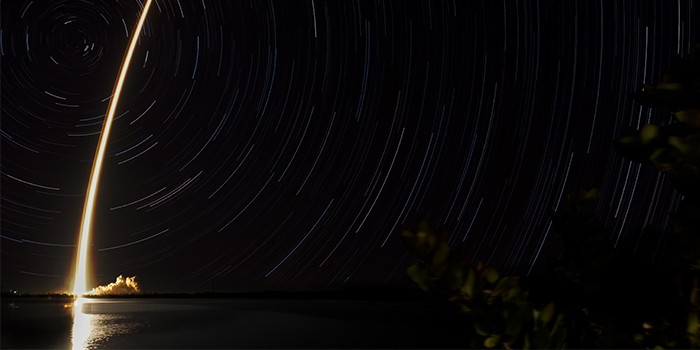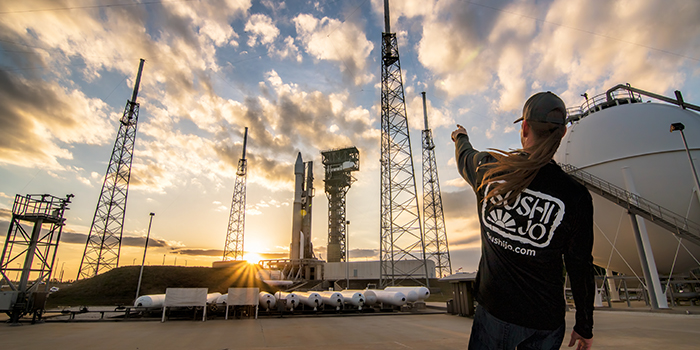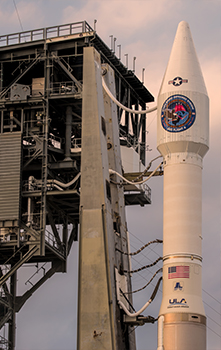Jupiter Medical Center
- 561.263.2234
- email us
- Jupiter, Florida, United States


JUPITER, FL - February 26, 2018 - Oftentimes, Jupiterians can look out to the ocean and next to its horizon see a rocket soaring the open skies destined to reach the stars. Here’s what it’s like to see this happen up close.
It was an amazing sunset to witness at Launch Complex-41 while setting up remote cameras on Wednesday afternoon on January 17, 2018. Last-minute preparations on the field led to a two-hour delay for media access to set up cameras – and I used that time to my advantage. The approaching cool air set in and temperatures fell quickly as the sun passed over the horizon.
Weather forecast for the next two days reflected a 90-percent chance of favorable weather conditions for launch. The day of the launch, the temperature changed from cold to warm, adding the element of haze and dew, which presented complications to most of the media’s remote camera shots.
There are a few main types of weather conditions that can delay or even scrub a launch. Storms producing lightning, rain, and high winds are mainly the culprit. Predicting conditions a week in advance, especially when covering the Florida launches, is particularly tough to do. You have to plan for the worst and hope for the best.

Finalizing remote camera setup during sunset at Launch Complex-41
It’s an awe-inspiring sight, pulling onto the launch pad and viewing the rockets up close. When media first arrives at the press site to check in, you can hardly see it miles away. As the convoy moves through the security gates and progresses toward the launchpad, the excitement starts to build as you get closer to the rocket.
It puts things into perspective as to how amazing and unique space flight really is and how massive the rockets are. The Atlas V 411 rocket stands 189-feet tall carrying, a billion-dollar military satellite, and there are thousands of people working toward a common goal: To better secure our country all counting on a successful mission.
Just an hour before launch and I’m at the NASA Causeway viewing site. It is a stellar night; the stars were out; the wind was light; temperatures were warm, and the water was calm. Aside from a little haze, conditions were optimal. Media photographers now are making final preparations to camera gear and listening for updates anticipating a successful launch.

(ULA) Atlas V 411 GEO Flight-4 poised upright for launch at Space Launch Complex 41 at Cape Canaveral, Florida
Less than a minute before launch time, everyone is on the edge of their seat. It doesn’t matter if you are seeing a launch for the first time or have witnessed several launches before, the enthusiasm is the same. It’s a thrill to watch a rocket shoot into the night sky from just a few short miles away from its home. There is an energy in the air that makes you feel like you are part of something very unique. Each launch is historic.
The countdown to lift off initiates with a red flash of fire as the rocket engines ignite, “5-4-3-2-1…”. Then just moments later, a brilliant streak of light illuminates the launch pad as the rocket ascends. Then, exhaust plume builds like a volcanic eruption and the delayed rumble echoes across the estuary.
Viewing a rocket launch is something you will always remember.